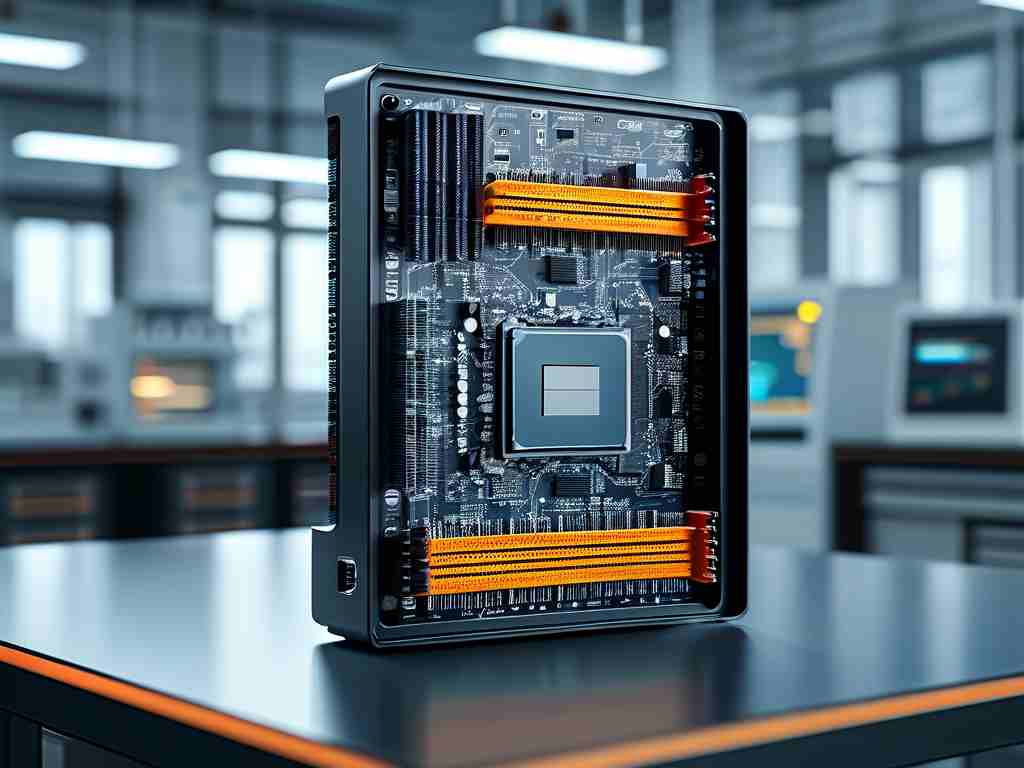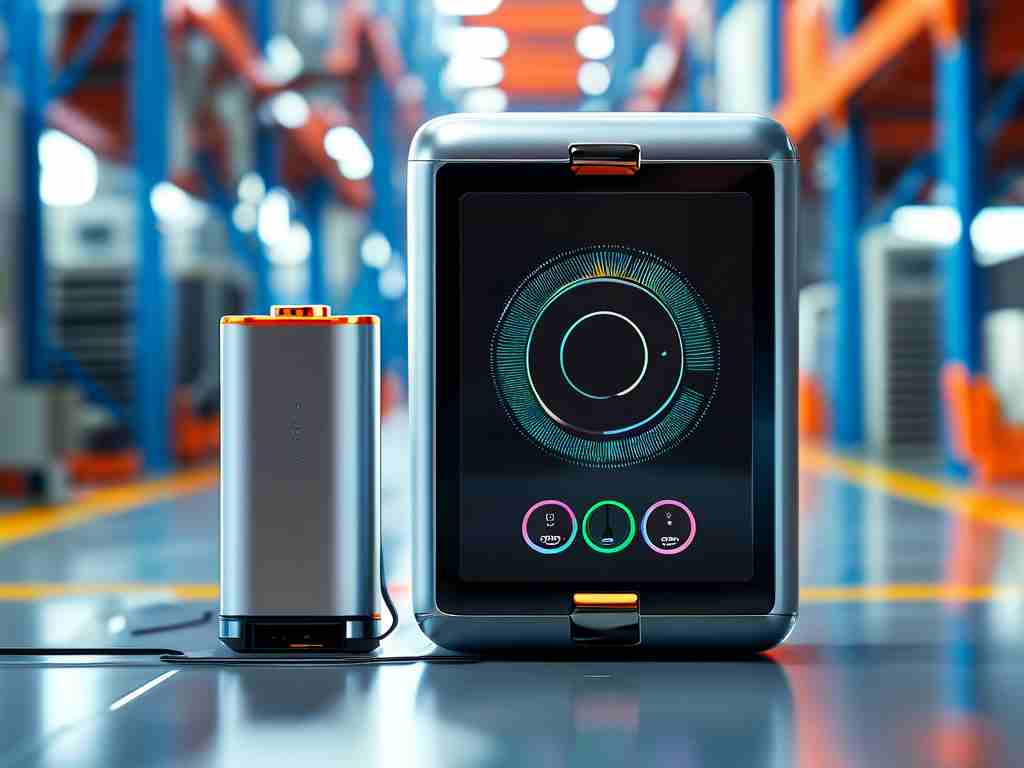Embedded systems form the backbone of modern technology, driving everything from smart appliances to industrial automation. In recent years, Beihai, a coastal city in China, has emerged as a vibrant hub for embedded development, fostering innovation through its growing tech ecosystem. This surge is fueled by local universities and startups collaborating on projects that integrate hardware and software seamlessly. For instance, Beihai's focus on IoT applications has led to breakthroughs in energy-efficient devices, reducing power consumption by up to 30% in regional deployments.

One key area of progress is in microcontroller programming, where developers in Beihai are optimizing code for real-time performance. Consider this simple Arduino-style snippet that demonstrates a basic LED control routine, often used in prototyping smart home systems. This code highlights the efficiency gains achieved through careful resource management:
void setup() {
pinMode(13, OUTPUT); // Initialize digital pin 13 as output
}
void loop() {
digitalWrite(13, HIGH); // Turn LED on
delay(500); // Wait for half a second
digitalWrite(13, LOW); // Turn LED off
delay(500); // Wait for half a second
}
This example underscores how Beihai's engineers prioritize lean coding practices to extend battery life in embedded devices, a crucial factor for remote sensors in coastal monitoring. Beyond coding, the city's embedded scene thrives on community-driven initiatives, such as hackathons that encourage knowledge sharing among local firms and international partners. These events often tackle challenges like sensor integration for marine environments, leveraging Beihai's proximity to the sea for testing autonomous buoys that collect oceanic data.
Moreover, educational institutions in Beihai are playing a pivotal role by embedding practical skills into curricula. Students gain hands-on experience with platforms like Raspberry Pi, developing projects that address urban issues—think traffic management systems using embedded AI to predict congestion. Such innovations not only boost local economies but also position Beihai as a model for sustainable tech growth in emerging markets. Critics might argue about scalability, but ongoing investments in semiconductor manufacturing are bridging gaps, enabling mass production of custom chips.
Looking ahead, the trajectory for embedded development in Beihai appears promising, with trends pointing toward AI-enhanced edge computing. As global demand for smart devices rises, Beihai's collaborative ethos could set new standards, making it a watchword for ingenuity in the embedded world. Ultimately, this evolution underscores a broader shift toward localized tech hubs driving global progress.









